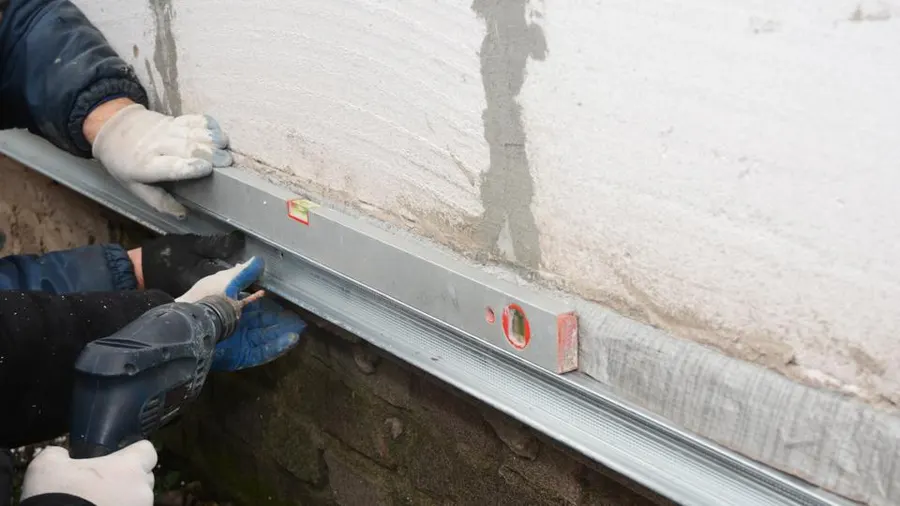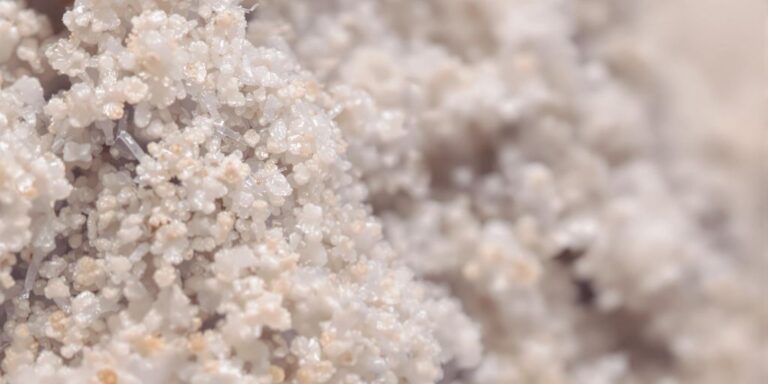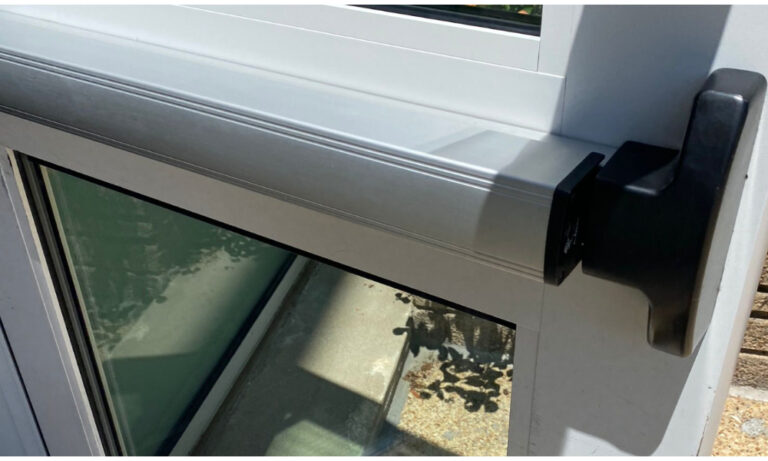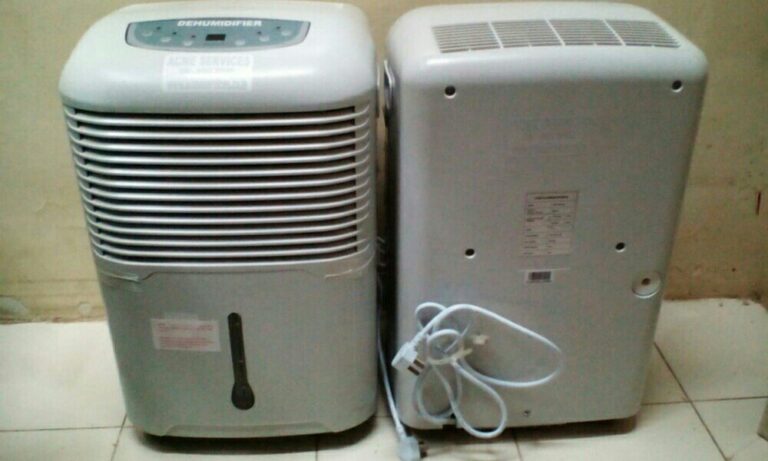
Concrete is a durable and versatile material commonly used in home construction and landscaping. However, over time, concrete surfaces such as driveways, patios, and walkways can develop cracks, stains, and other issues. While professional concrete repairs in Melbourne or elsewhere can be expensive, there are several cost-effective techniques homeowners can use to address common problems and extend the life of their concrete surfaces.
1. Identify the Problem
Before attempting any repair, it’s essential to accurately identify the issue. Common concrete problems include:
- Cracks: These can be caused by settling, expansion, or contraction of the concrete.
- Spalling: The surface of the concrete may flake or peel, often due to freeze-thaw cycles or chemical exposure.
- Stains: Oil, rust, and other substances can leave unsightly marks on concrete surfaces.
Understanding the problem will help you choose the most appropriate repair technique.
2. DIY Crack Repair
Cracks in concrete can often be repaired with simple, cost-effective methods:
- Hairline Cracks: For small, hairline cracks, use a concrete crack filler or caulk. These products are available in tubes and can be applied with a caulking gun. Clean the crack with a wire brush and vacuum out any debris before applying the filler. Smooth the filler with a putty knife and allow it to dry according to the manufacturer’s instructions.
- Larger Cracks: For larger cracks, use a concrete patching compound. These compounds come in premixed or powder form. For powder, mix with water to the consistency recommended on the packaging. Apply the compound with a trowel, pressing it into the crack and smoothing it out. Allow it to cure as directed.
3. Surface Repair for Spalling
If your concrete surface is spalling, you can repair it with these steps:
- Clean the Surface: Remove any loose concrete, dirt, or debris from the affected area using a wire brush and a vacuum. A pressure washer can also help remove stubborn residue.
- Apply a Concrete Resurfacer: Concrete resurfacers are specially designed to restore and repair damaged surfaces. Mix the resurfacer according to the manufacturer’s instructions and apply it with a squeegee or trowel. Work in small sections and ensure the resurfacer is applied evenly. This technique can give your concrete a fresh, smooth appearance.
4. Stain Removal
To tackle stains on concrete surfaces, follow these cost-effective methods:
- Oil Stains: Apply a degreaser or a mixture of dish soap and water to the stained area. Scrub the stain with a brush and rinse with water. For persistent stains, consider using a commercial concrete cleaner designed for oil.
- Rust Stains: Use a rust remover specifically formulated for concrete. Apply the product to the stain, following the instructions for application and removal. A mixture of lemon juice and baking soda can also be effective for smaller rust stains.
- General Stains: For general stains, a mixture of water and vinegar can be used. Apply the solution to the stained area, scrub with a brush, and rinse thoroughly.
5. Preventive Measures
Preventing future damage can save you money on repairs. Implement these preventive measures:
- Seal Your Concrete: Applying a concrete sealant can protect your surfaces from water damage, stains, and wear. Sealers are available in various types, including acrylic, epoxy, and polyurethane. Choose one based on the specific needs of your concrete surface and follow the manufacturer’s application instructions.
- Regular Cleaning: Regularly clean your concrete surfaces to prevent the buildup of dirt and grime. Use a broom or leaf blower to remove debris and wash the surface with mild detergent and water.
- Address Issues Early: Inspect your concrete regularly and address any signs of damage promptly. Early intervention can prevent small issues from becoming major problems.
6. Professional Help
While DIY methods can be effective, some situations may require professional assistance. For extensive damage or structural issues, seeking help from concrete repair experts in Melbourne may be necessary. Professionals can assess the damage, provide a comprehensive repair plan, and ensure that repairs are done correctly.
Conclusion
Cost-effective concrete repair techniques can help homeowners address common issues and maintain the appearance and durability of their concrete surfaces. By identifying problems early, using DIY repair methods, and implementing preventive measures, you can manage concrete repairs without breaking the bank. Whether you’re tackling minor cracks, surface spalling, or stubborn stains, these techniques offer practical solutions to extend the life of your concrete. For more complex issues, consulting with professionals for concrete repairs in Melbourne ensures that you get expert advice and high-quality results.







